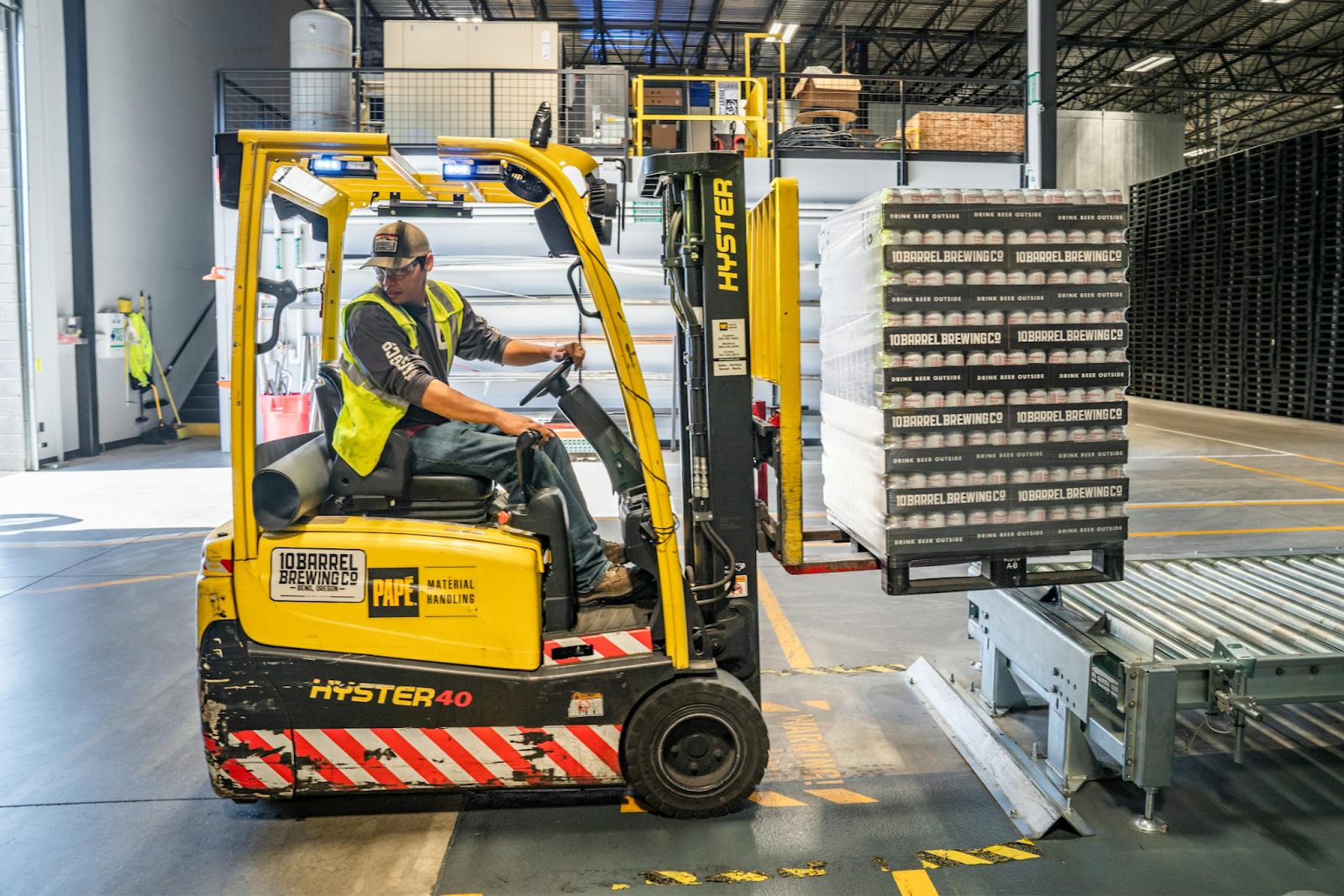Essential Warehouse Management Technology Tools You Need to Know About
Warehouse management has undergone significant advancements, thanks to the evolution of technology. Gone are the days when manual processes and paper trails were sufficient to handle the vast operations inside a warehouse. Today’s dynamic and fast-paced environment demands streamlined processes, real-time data, and efficient communication, all of which are supported by cutting-edge tools. These technologies not only boost productivity but also minimize errors, enhance safety, and reduce operational costs. In this article, we’ll dive into the essential warehouse management technology tools you need to know about, each playing a crucial role in optimizing warehouse operations.
1. Warehouse Management Systems (WMS)
A Warehouse Management System (WMS) is the backbone of modern warehouse operations. This comprehensive software allows you to manage and control warehouse activities from a centralized platform. It helps warehouse managers oversee inventory, track order fulfillment, and optimize space utilization. One of the primary benefits of a WMS is its ability to automate tasks, such as inventory updates and shipping labels, which reduces the chances of human error. The versatility of WMS extends beyond basic tasks. Many systems integrate with transportation management software (TMS) and enterprise resource planning (ERP) systems, ensuring seamless communication across the supply chain.
2. Automated Guided Vehicles (AGVs)
Automated Guided Vehicles (AGVs) are increasingly becoming a staple in large-scale warehouses. These autonomous machines are programmed to transport goods from one location to another without human intervention. They rely on advanced sensors, cameras, and navigation systems to move through the warehouse while avoiding obstacles and workers, ensuring a safe and efficient workflow. AGVs drastically reduce labor costs by taking over repetitive tasks like transporting pallets or cartons. Moreover, they improve operational speed and can run around the clock, ensuring that warehouse tasks continue even during off-hours or when human labor is limited.
3. Barcode and RFID Technology
Tracking inventory is the lifeblood of efficient warehouse management, and this is where barcode and RFID (Radio Frequency Identification) technology come into play. Barcodes, which are printed on product labels, can be scanned quickly to input information into the system. RFID tags, on the other hand, use radio waves to transmit information stored on microchips, making it possible to track products wirelessly over greater distances. Barcode and RFID technologies greatly enhance inventory accuracy, allowing warehouse staff to track products from the moment they arrive to the point they leave the facility. This ensures that inventory data remains up-to-date in real-time, reducing the chances of stockouts or overstocking.
4. Real-Time Location Systems (RTLS)
For businesses seeking a deeper level of insight into their operations, Real-Time Location Systems (RTLS) offer advanced tracking and monitoring capabilities. Using a combination of RFID, GPS, and other location technologies, RTLS allows warehouse managers to track the movement and location of assets, equipment, and even employees throughout the facility. By providing real-time data, RTLS helps reduce inefficiencies and ensures that resources are used to their fullest potential. A critical component of RTLS is its ability to incorporate indoor tracking which enables warehouses to monitor the precise movements of goods, machinery, and workers within the indoor environment. The increased visibility of assets enhances decision-making, as managers can quickly locate items or individuals, improving safety and operational speed. RTLS is particularly valuable in large warehouses or distribution centers, where the sheer scale makes it difficult to manually track assets. By leveraging RTLS, businesses can achieve more streamlined operations, reduce downtime, and maximize resource utilization.
5. Drones for Inventory Management
While drones are often associated with outdoor environments, they are increasingly being used inside warehouses for inventory management. Equipped with cameras and RFID scanners, drones can quickly scan inventory on high shelves or in hard-to-reach areas, eliminating the need for human workers to climb ladders or operate forklifts for stock checks. These drones can scan entire warehouses within minutes, which speeds up inventory audits significantly. Drones also offer the benefit of reducing human error in stocktaking. Since the devices are automated, they follow precise paths and scan barcodes or RFID tags with greater accuracy than a human could achieve. They can also work continuously, allowing for constant inventory monitoring. Drones are particularly useful in large-scale operations or warehouses with high storage racks, where manually counting inventory would take hours or even days.
6. Voice Picking Technology
Voice-picking technology is revolutionizing the way warehouse workers interact with warehouse management systems. Instead of relying on handheld scanners or manual data entry, workers are equipped with headsets and microphones, allowing them to receive picking instructions via voice commands. This hands-free operation enables workers to focus entirely on the task of picking and packing items without the need to constantly check screens or handle devices. Voice picking is not only faster but also reduces errors. Workers are less likely to misinterpret instructions since they are communicated directly through the system.
Warehouse management is becoming increasingly complex, but the right technology can make all the difference. From Warehouse Management Systems to Real-Time Location Systems, these essential tools help streamline operations, improve accuracy, and boost productivity. Whether it’s integrating AGVs or using drones for inventory audits, these technologies have proven to be indispensable in optimizing the efficiency of today’s warehouses. By staying informed and leveraging these tools, businesses can ensure they are well-equipped to meet the demands of a competitive market.





